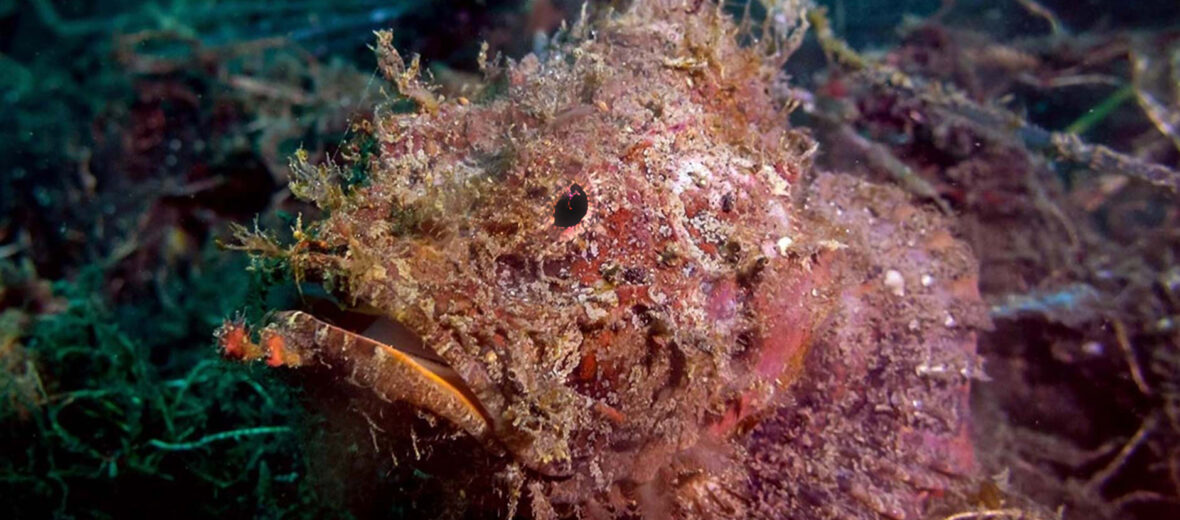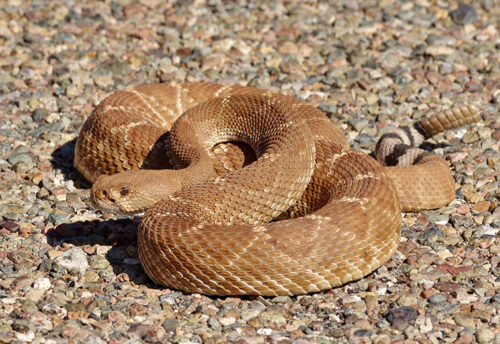
There are 5 known species of stonefish, aka scorpionfish, that can be found in the coastal regions of the Indian ocean and the Pacific ocean. Some species of stonefish can even be found in rivers. These fish have been touted as the most venomous fish in the world! Stonefish reside in and around reefs, like the great barrier reef, and rock formations. They’re typically buried in the sand in shallow water awaiting passing food. In Asian cultures, stonefish are considered a delicacy.
First the Stats…
Scientific name: Synanceia
Weight: Up to 5 lbs.
Length: Up to 20 inches
Lifespan: Up to 10 years
Now on to the Facts!
1.) The dorsal fin has evolved into 13 modified hypodermic spines. When threatened, they erect their spines to defend themselves.
2.) They also have 2 pelvic and 3 anal spines, but those are hidden beneath the skin.
3.) Each of the dorsal spines contains a venom pouch that delivers venom proportionate to the amount of pressure applied to said spines.
4.) After the sacs are emptied it takes about 2 – 3 weeks to refill the reservoir.
5.) Their diet consists of small fish and crustaceans.
But wait, there’s more on the stonefish!
6.) Being an ambush predator, they will lie nearly motionless till prey happens by. Then they open their large mouths and suck in the unsuspecting animal in less than 100th of a second!
7.) Sharks, like the tiger and great white, hunt these critters.
Did you know…?
The venom they produce causes excruciating pain, low blood pressure, paralysis, and even tissue necrosis (tissue death)! Heart failure is possible, due to lack of oxygen to the brain. Antivenom is required in nearly all cases or death can occur.
8.) Stonefish have the ability to survive for up to 24 hours outside of water, as long as they are kept moist.
9.) It is advised to shuffle/slide your feet, when wading in stonefish occupied waters. This way you will avoid stepping on one.
10.) These fish aren’t defensive and don’t look for trouble. Trouble just seems to find them.
Now a Short Stonefish Video!
Also, check out the Critter Science YouTube channel. Videos added frequently!
Want to suggest a critter for me to write about? Let me know here.



